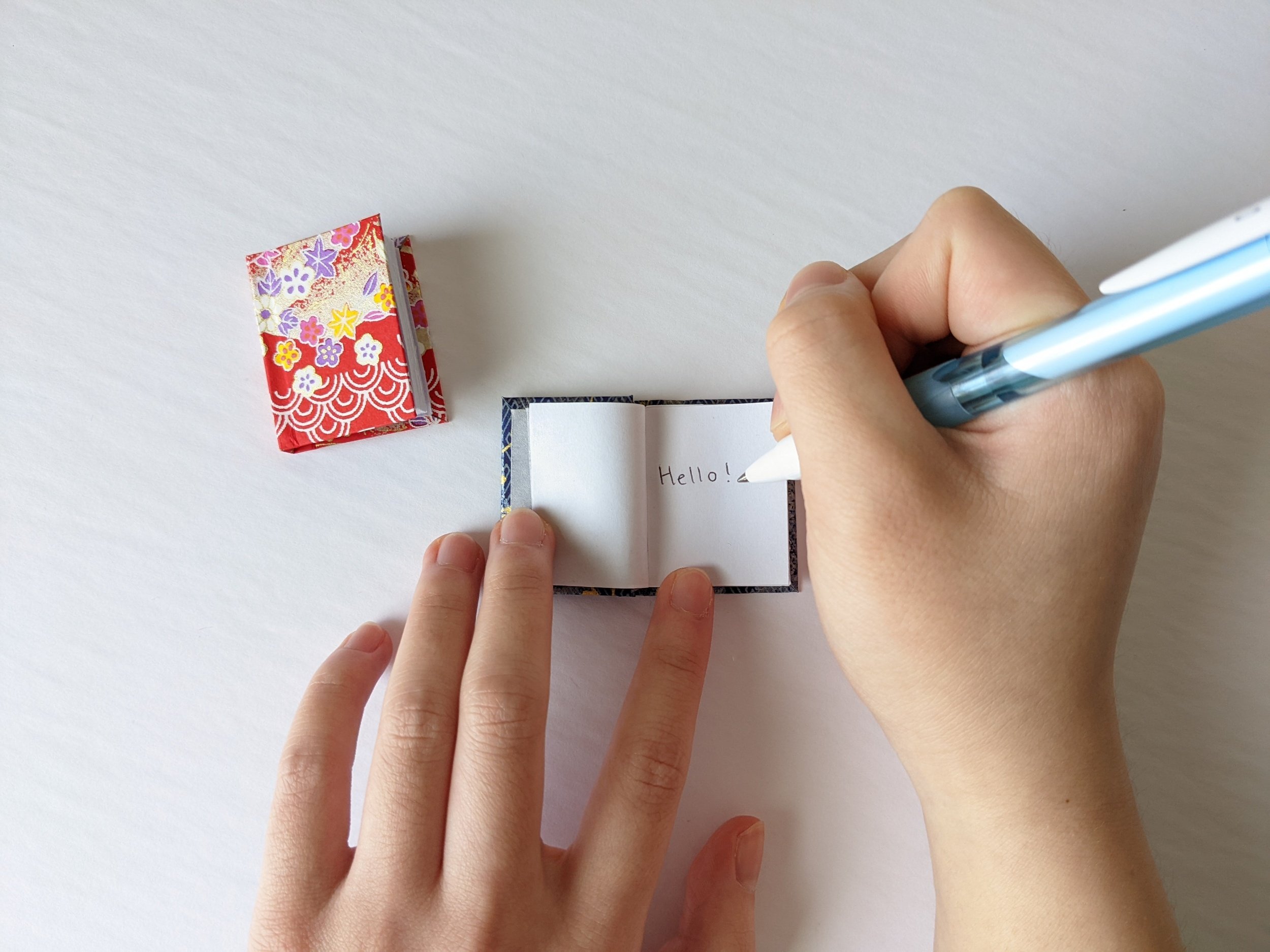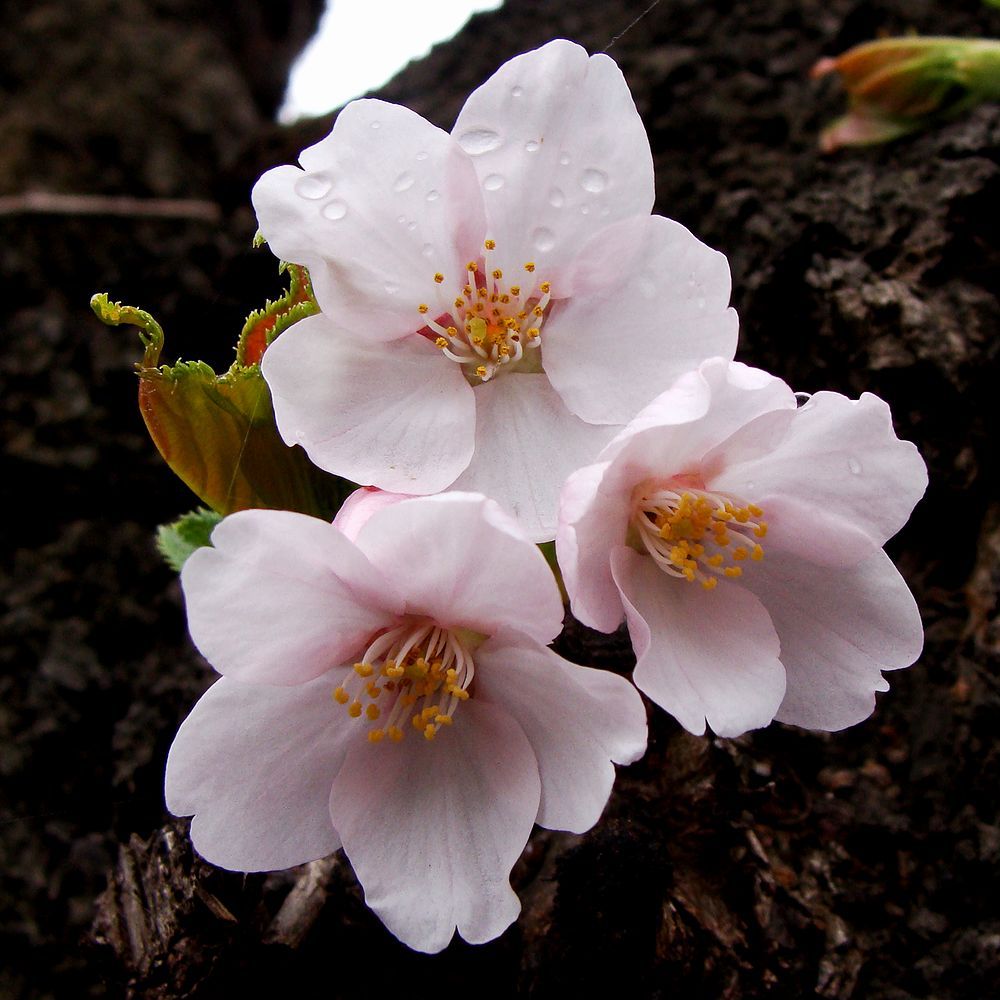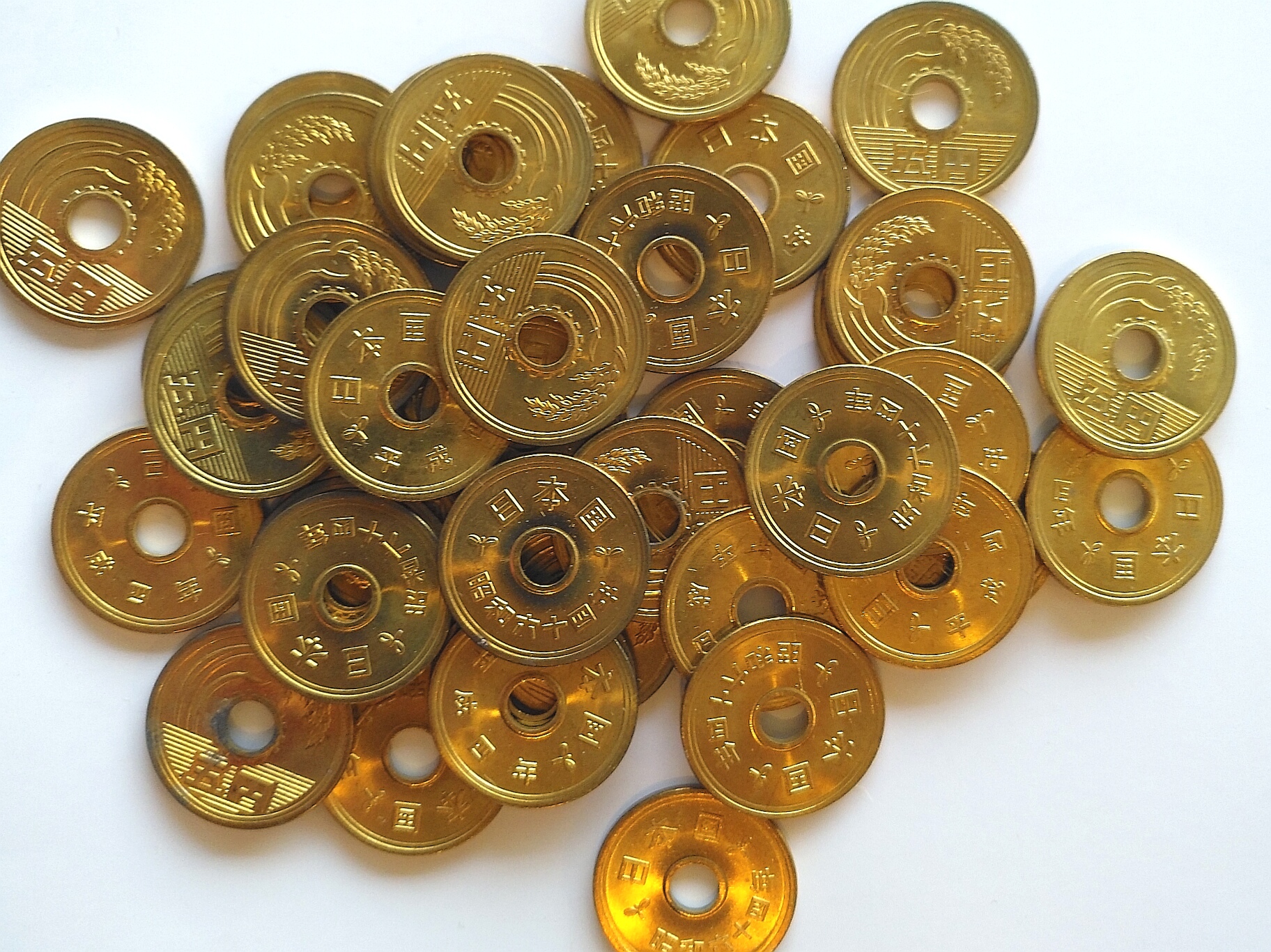The "Nagoshi no Oo-harae" 夏越の大祓 (Summer Purification) is a Shinto event held near the end of June. It is a sort of a mid-year reset where all of one's bad luck and impurities are driven out, getting us ready for the 2nd half of the year.
The Shinto priest waves around this wand called "oo-nusa" (大麻) to drive away bad luck, illness and calamity. The wand is made from a branch of the sakaki (榊) tree [cleyera japonica] with "shide" (紙垂) paper streamers attached.
"Chinowa Kuguri" 茅の輪くぐり
At the entrance of the shrine, there is a ring made of entwined thatch. You walk through this 3 times before moving onward into the shrine. This action drives out the bad luck and illnesses that have attached to you. Before stepping through, you bow each time. First, walk through, then turn left and back out. Second, turn right and out. Third, turn left and out. Fourth, walk straight through and into the shrine. Notice that by doing these steps, you drew a number "8" or infinity symbol.
"Kata-shiro" 形代
At the shrine, you can get these paper dolls called "hitokata-shiro" (人形代). They work like reverse voodoo dolls. 😊 You write your name on it; blow a breathe into it; and rub it gently on your body. Then you offer it up to the shrine. They will be burned later. What's happening is that you are transferring all your bad luck, illnesses and impurities onto the paper doll and leaving them for the gods to sort out!
Now, you're ready to face the 2nd half of the year!
Photos are from Hikawa Jinja (氷川神社)in Omiya, Saitama Prefecture.




![Plum blossom.By Kakidai (Own work) [CC BY-SA 3.0 (https://creativecommons.org/licenses/by-sa/3.0)], via Wikimedia Commons](https://images.squarespace-cdn.com/content/v1/4f3d5c5ad09afe633f90b003/1521834569115-N3VJ3B5XNXT0HXPQSTQB/Prunus_mume.JPG)








